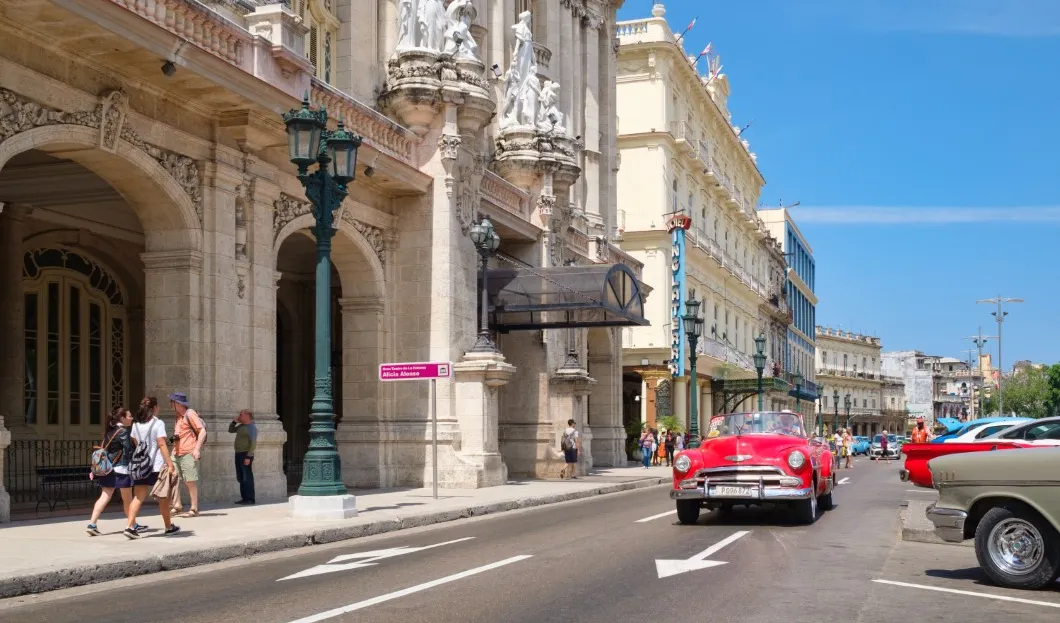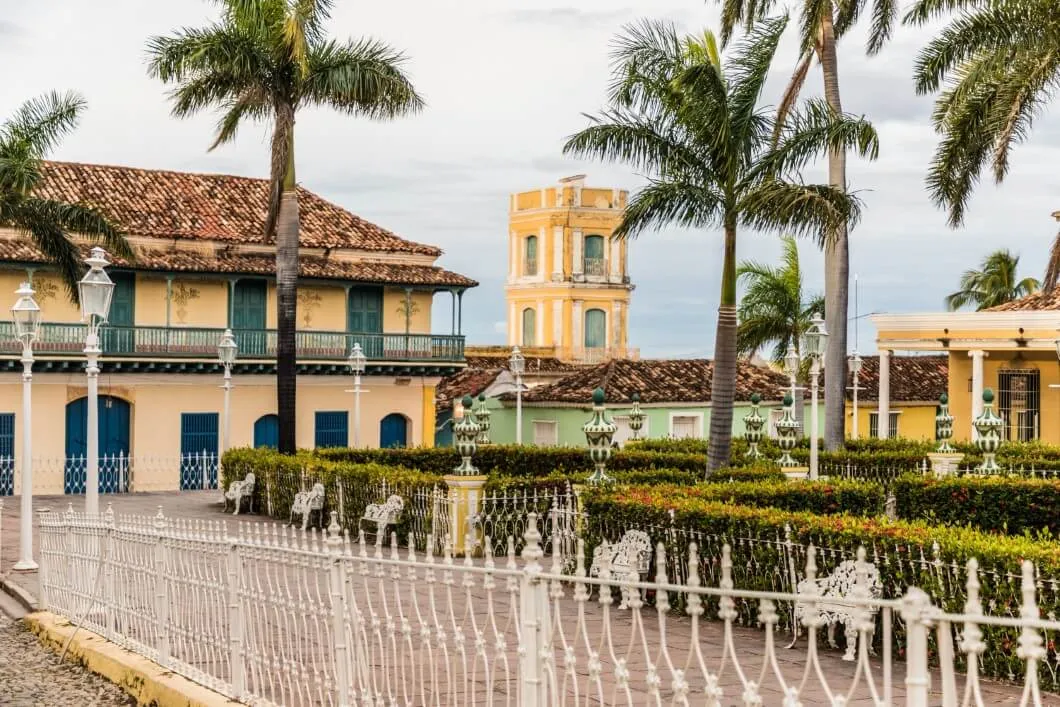
Cuba is boasting 674 new tourist accommodations that are currently under development and will expand the hotel availability of the island's heritage sites, as well as helping local offers in a segment known as tourism circuit, one of the present priorities of the Caribbean country.
The large investment in the island’s tourism sector will see completion of 31 building projects during the present year, as well as the renovation and expansion of some other hotel facilities, such as restaurants and boat services, said the Cuban Minister of Tourism, Manuel Marrero, quoted by the state-run Cuban News Agency.
Marrero recalled that, in order to introduce and promote circuit tourism, the island has officially authorized foreign companies to manage new hotels and accommodations located in its heritage cities.
Among these companies, there is the Spanish hotel complex Meliá Hotels International, which currently manages eight facilities in Cienfuegos, Trinidad and Camagüey (located in the center of Cuba), with a total of 931 accommodations.
Another Spanish company, Iberostar Hotels & Resorts, is also managing several hotels in heritage sites, including three luxury hotels in the coastal municipality of Gibara, in Holguín (located to the east), introduced in 2017 as a new tourist destination on the island.
The circuit tourism model is favored mostly by European tourists, especially visitors from Germany, France and the United Kingdom; three markets that the country seeks to strengthen.
As part of its plan to further develop and sustain this modality, the Caribbean island also wants to increase direct international flights to their destinations and improve internal transport.
Cuba currently has flight routes connecting to 73 different cities around the world through about 70 airlines that fly to major hubs such as Havana, the famous and luxurious beach resort of Varadero, Cayo Santa María, the Jardines del Rey archipelago, and the eastern capitals of Holguin and Santiago de Cuba. As for sea routes, 17 cruise companies are operating on the island with 25 vessels.
The Minister of Tourism highlighted the benefits that Cuba offers to those who love to explore more than one experience in a single trip. Even though the most prolific offer of the island is the sun and beach tourism, the country's national heritage and cultural wealth should also be recognized as an important part of its attractions, he insisted.
On May 18, Cuba registered two million foreign visitors so far in 2018, a year in which the forecast announces a new record of five million tourists.
The island brightly expects to surpass the historical figures of almost 4.7 and 4.5 million international visitors who arrived on the island in 2017 and 2016, respectively.

According to recent official data, Canada and the European countries continue to top the visitors issue market for the island, while countries like Russia, Mexico, Argentina, China and Brazil have experienced a “noticeable growth”.
This massive rise in Cuba’s tourism has also been marked by the presence of US visitors, who reached a record high of 619,777 visitors in 2017 (almost three times the amount reported in 2016), despite the fact that American citizens may not visit the island as tourists, and can only do so under regulation of twelve categories authorized by their Government.
Tourism is Cuba’s second source of revenue, right behind their most profitable one: the sale of professional services abroad; which represents a contribution of 10% to the gross domestic product (GDP) and the creation of almost half a million jobs.










